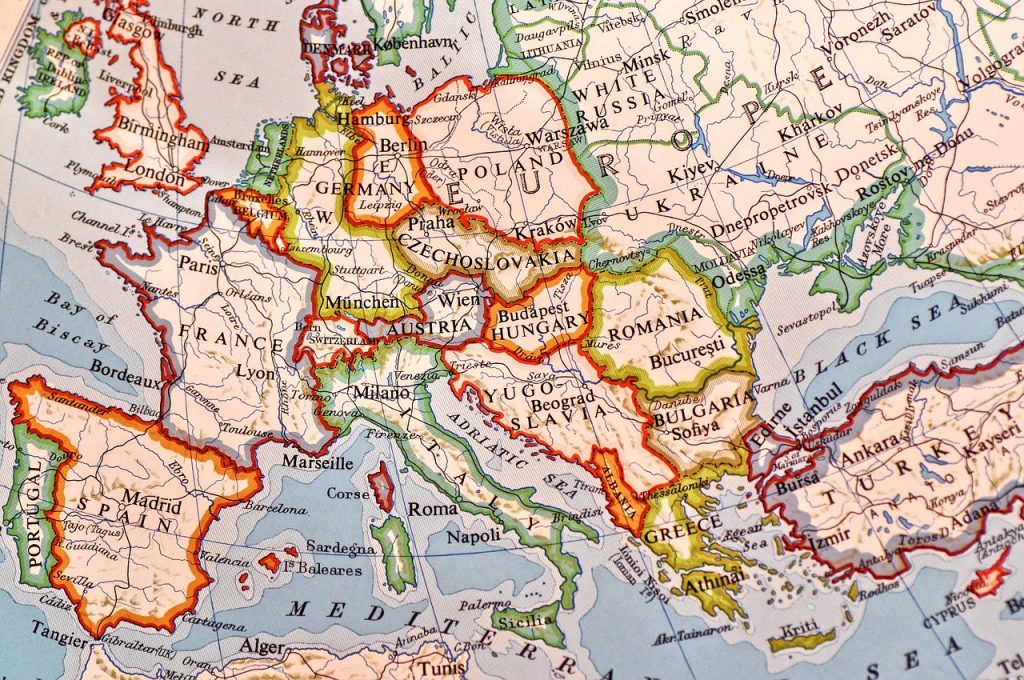Over 600,000 at Risk as Hungarian Region Begins to Dry Out
Others are reading now
For a long time, the idea of a desert in Europe seemed unthinkable.
But now, in the south-central part of Hungary, a growing area of dry land is turning that idea into a reality.
The Homokhátság Region, located between the Danube and Tisza rivers, is slowly becoming a desert, according to Newsweek.
This area covers about 10,000 square kilometers and is home to over 620,000 people.
Also read
The land has been drying out for years. In 2020, the United Nations’ Food and Agriculture Organization called it a semi-desert.
Since then, things have only gotten worse. If urgent steps aren’t taken soon, experts believe the region could become a true desert.
For centuries, this part of Hungary was known for farming. The land was fertile and good for growing fruits and crops.
But the situation has changed. Rainfall has become more unpredictable. Summers are hotter.
Most of the water from rain evaporates before it can sink into the ground.
Climate change is part of the problem. But the way water has been managed in the region also plays a role.
About 150 years ago, Hungary started changing its river systems to create more farmland.
That decision has backfired. Water now flows through the land too quickly. It doesn’t stay long enough to moisten the soil.
In the past five years, rainfall patterns have changed a lot. Winters bring little snow or rain, which means the soil doesn’t get the moisture it needs.
On top of that, more than a million wells have been dug into the ground.
Many go as deep as six meters to reach groundwater. This puts even more pressure on underground water reserves.
The Hungarian government says it has launched a plan to hold more water in the region.
They’ve closed 514 dams as part of a 4.17 billion euro project. But critics say the details of this plan are unclear.
For now, the future of the region—and the people who live there—remains uncertain.



